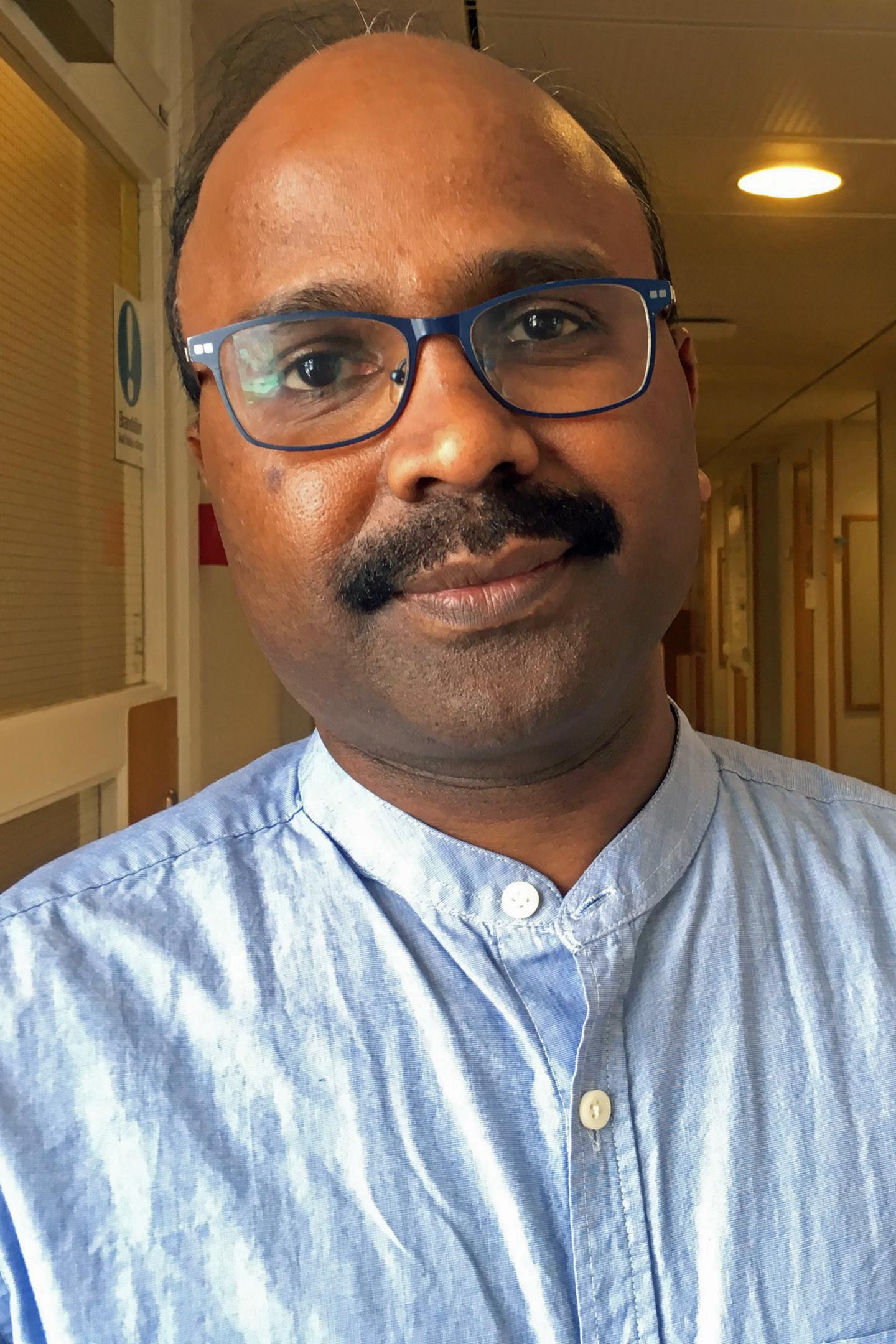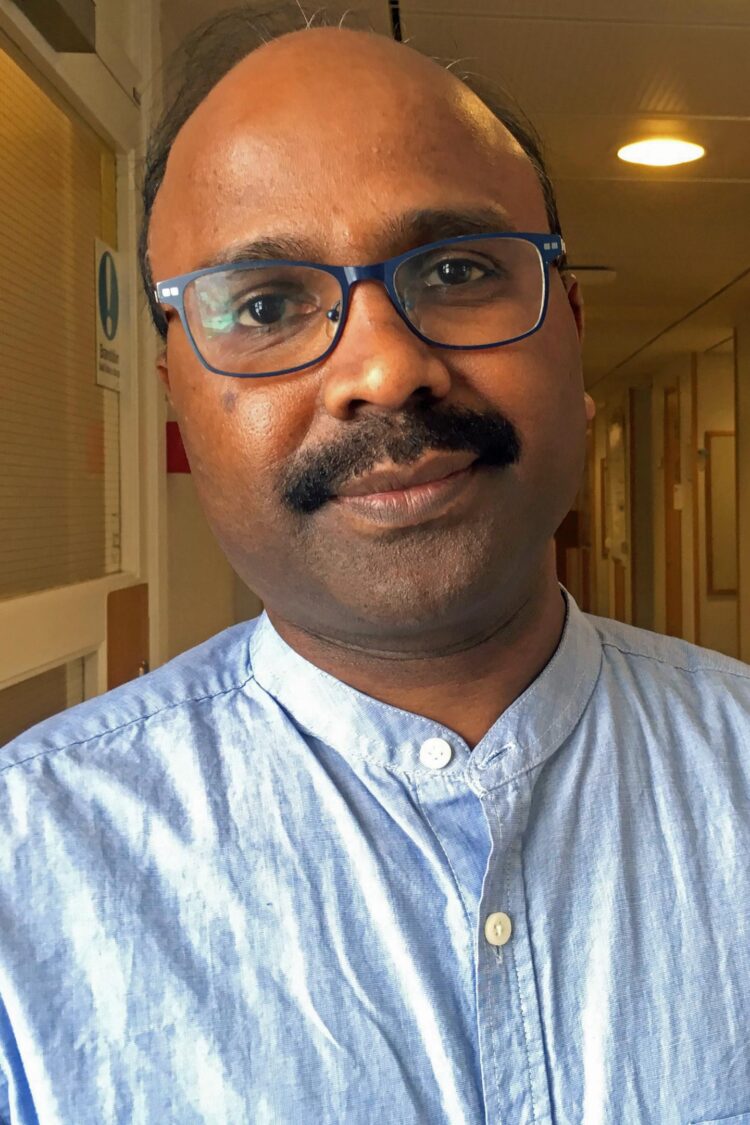
Credit: Photo by Margareta G. Kubista
Researchers at the University of Gothenburg now suggest a possible cure for children with hard-to-treat forms of neuroblastoma using a new combination of drugs. In a new study in the journal Cancer Research, they describe how a two small molecule-based drug combination likely inhibit the tumor’s growth.
Neuroblastoma is the most common form of childhood cancer, derived from the peripheral nervous system, i.e., the part of the nervous system that is not the brain or spinal cord. The disease can occur in the chest, neck, abdomen and adrenal glands and can also spread to the spine. Symptoms include general aches, anemia and skeletal pain.
The average age of children at diagnosis is 17 months, and it is rarely diagnosed over the age of five. The milder form of neuroblastoma can, in some cases, self-heal, while the more aggressive form is the deadliest form of childhood cancer. Treatment is successful in less than half of these cases.
Central molecule in the study is the p53 gene. The p53 gene is often mutated in other cancer forms but rarely in neuroblastoma. When it is not mutated, p53 codes for a protein that inhibit the growth of cancer. This study shows that how the expression levels of a long non-coding RNA molecule influences the function of p53 protein. “Interestingly, this long non-coding RNA increases p53 function in the nucleus to make tumor cells more susceptible to cytostatic treatment,” says Chandrasekhar Kanduri, professor of medical genetics specialized in RNA epigenetics at the University of Gothenburg.
The RNA molecule NBAT1 changes the function of the protein CRM1, which transports p53 from nucleus to cytoplasm. NBAT1 also helps in keeping the p53 protein in the nucleus to increase p53 controlled gene expression. Based on these findings, the research group tested a new treatment that combines the drugs Selinexor and Nutlin-3a. Both drugs are currently undergoing clinical trials for cancer treatments but not for neuroblastoma. Selinexor restores p53’s ability to inhibit cancer growth and Nutlin-3a inhibits the breakdown of p53.
“The combination treatment blocks the protein export function of CRM1, which leads to p53 accumulation in the cell nucleus. This treatment increases p53 dependent functions, such as DNA damage and cell death. We think that combining these two drugs with current treatment strategies may allow us to cure hard-to-treat neuroblastomas.”
The results are promising, but they are based on preclinical studies of cancer cell lines and mouse models (xenografts) and more research is needed before the findings can be translated into treatment. These laboratory results have been partly validated with the neuroblastoma patient data, obtained in collaboration with the researchers at Karolinska Institutet. Thus, this study has clearly opened the way for a potential new treatment strategy for high-risk neuroblastoma patients.
###
Media Contact
Chandrasekahr Kanduri
[email protected]
Related Journal Article
http://dx.





